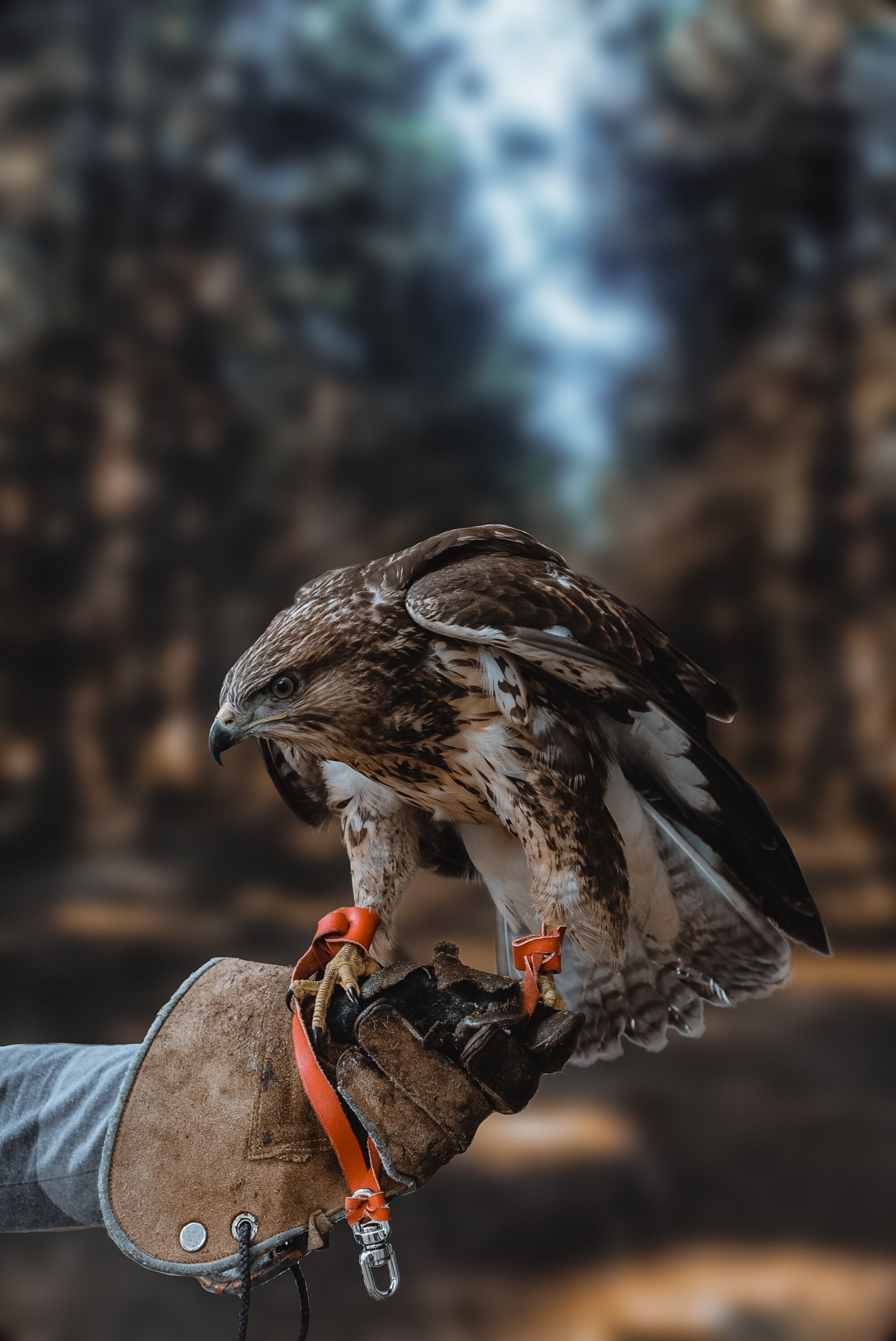G is for Grief
I’ve just finished reading H is for Hawk, by Helen MacDonald, which is poetry in the long form of a memoir. Reading the book was like visiting an art gallery. MacDonald’s descriptions of her world (“The sky was liquid rust”) are as unique and evocative as any painting. The book is about grief and her way of working through it with the help of a remote hawk, who mirrors, she believes, what she wishes to become: a person who cannot again be hurt by the loss of love. She toggles back and forth between her experience of training her goshawk, Mable, and a memoir she read in childhood, T. H. White’s The Goshawk, in which a complex and tragically unhappy man attempts a similar transformation, to a bad if uncertain end.
The almost clinical brutality of the book—the hawk’s kills and MacDonald’s participation in them, White’s unintentional but very real cruelty toward his hawk and Mable’s vicious, immediate response to discontent—give the ugliness of grief a face. We feel a huge, raw sadness and rage with terrible loss, one that can only be expressed viscerally. Words do not, cannot suffice. The image of Mable digging her talons into MacDonald as an expression of hunger or confusion is an apt one for anyone who has experienced the sheer force and unpredictable intensities of grief.
But there is also the taming of it. Grief may not ever end in the sense that it is forgotten or pushed to the unconscious, but decent work with grief—the willingness to face it and engage with it, to 'weigh' it, as MacDonald weighs her hawk—brings about, ultimately, a freeing resolution. Her discovery that this seemingly single-minded raptor will actually turn its head upside down and play with crumpled paper seems like the ever present but almost indiscernible promise that grief can and will be supplanted eventually by something different and brighter and better.
White, imposing his inner conflicts on his hawk rather than working sympathetically with it, was haunted by the prospect of the escaped hawk dangling helplessly from its jesses. The fate of White’s hawk seems a metaphor for the hardest of questions: How do we live in the murkiness of irresolution with our worst mistakes and losses yet still feel at peace? I suspect an answer is in learning to forgive—ourselves first of all. For White, it happened only within the liberties of his own imagination.
MacDonald learns that being sequestered from others is not a good way to avoid pain. Hands, she says, are for holding other people’s hands, not for holding a solitary bird of prey. She experiments with letting her hawk fly on its own. When grief begins to come and go, and eventually it does, the love within which it was born and lived a monstrous, eclipsing life can be reclaimed. MacDonald discovers as much: “And now, holding the card in my hands and feeling its edges, all the grief had turned into something different. It was simply love. I tucked the card back into the bookshelf. ‘I love you, too, Dad,’ I whispered (p. 266).”
